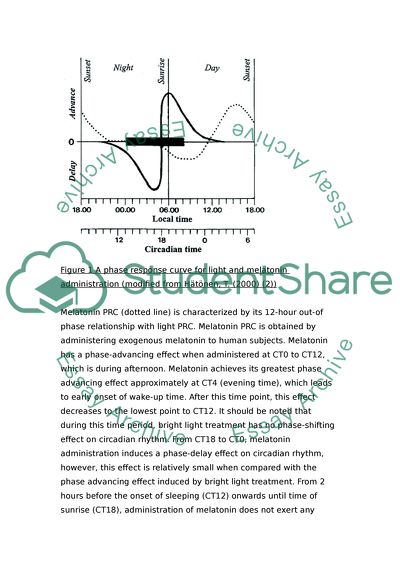Cite this document
(“Phase response curves to light and to melatonin Essay”, n.d.)
Retrieved from https://studentshare.org/environmental-studies/1418232-a-describe-the-phase-response-curves-to-light-and
Retrieved from https://studentshare.org/environmental-studies/1418232-a-describe-the-phase-response-curves-to-light-and
(Phase Response Curves to Light and to Melatonin Essay)
https://studentshare.org/environmental-studies/1418232-a-describe-the-phase-response-curves-to-light-and.
https://studentshare.org/environmental-studies/1418232-a-describe-the-phase-response-curves-to-light-and.
“Phase Response Curves to Light and to Melatonin Essay”, n.d. https://studentshare.org/environmental-studies/1418232-a-describe-the-phase-response-curves-to-light-and.


